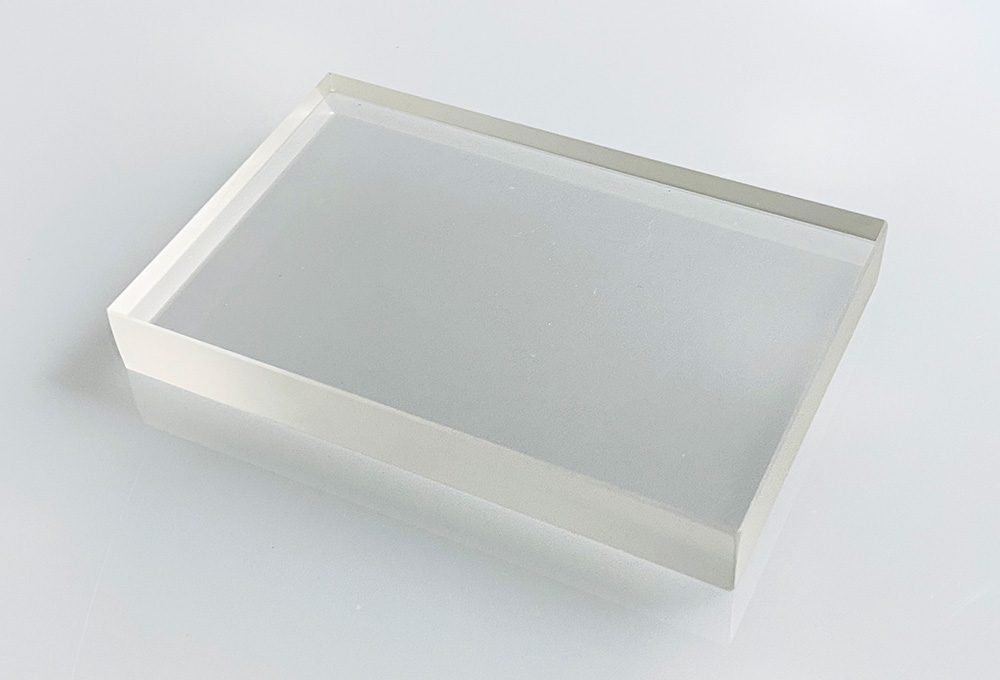Process Difficulties of Transparent Ceramics

As a high-tech material, transparent ceramics have broad application prospects in the fields of optics, electronics, aerospace and other fields. However, there are many difficulties in the preparation process of transparent ceramics, which are mainly reflected in the following aspects:
1. High-temperature smelting: The preparation of transparent ceramics requires the raw materials to be smelted into a transparent glass phase at high temperatures, usually as high as 1700°C or above. In this process, temperature and melting time need to be controlled to avoid the generation of impurities and crystallization, while ensuring the uniformity and transparency of the glass phase.
2. Removal of bubbles: During the preparation process of transparent ceramics, the generation of bubbles is a common problem. These bubbles can form defects inside the ceramic, affecting its optical properties and mechanical strength. In order to remove bubbles, special degassing processes and equipment are required, such as vacuum degassing, inert gas protection, etc. In the preparation process of transparent ceramics, the removal of air bubbles is a key step.
3. Precisely control the composition: The composition of transparent ceramics has an important impact on its optical and mechanical properties. In order to prepare high-quality transparent ceramics, the ingredient ratio and purity of the raw materials need to be precisely controlled to ensure they remain consistent throughout the preparation process.
4. Sintering temperature: The sintering temperature of transparent ceramics is crucial to its densification and optical properties. If the temperature is too high, the ceramic will crystallize or produce other impurities. If the temperature is too low, the sintering will be incomplete or the density will be insufficient.
5. Dimensional accuracy: Transparent ceramics need to maintain high dimensional accuracy during the preparation process to ensure their optical and mechanical properties. This requires precise control of the preparation process, such as mold design and processing, molding pressure, etc. At the same time, the shrinkage rate of ceramics needs to be controlled during the sintering process to ensure the dimensional accuracy of the final product.
Particle size of raw materials: The particle size of raw materials for transparent ceramics has a direct impact on its dimensional accuracy. If the particle size distribution of the raw materials is uneven, the size of the ceramic products will be unstable. Therefore, raw materials with uniform particle size distribution and suitable particle size should be selected during production and strictly screened.
Molding process: The molding process is a key link that affects the dimensional accuracy of transparent ceramics. Different molding methods (such as die-casting, extrusion, grouting, etc.) have different effects on dimensional accuracy. When selecting the molding process, a reasonable selection should be made based on the product shape, dimensional accuracy requirements and production batch size.
Firing system: Firing is an important part of the production of transparent ceramics. A suitable firing system is crucial to improving the dimensional accuracy of transparent ceramics. Temperature curve, firing time, firing atmosphere and other factors will affect the dimensional accuracy of transparent ceramics. During production, a reasonable firing system should be formulated based on the actual situation, and the firing process should be monitored in real time to ensure the stable execution of the firing system.
Equipment and tools: The accuracy of production equipment and tools will also affect the dimensional accuracy of transparent ceramics. For example, the accuracy of molds, cutting tools, etc. directly affects the size of ceramic products.
Quality inspection and control: In order to ensure the dimensional accuracy of transparent ceramics, a complete quality inspection and control system should be established during the production process.
6. Cooling rate: During the preparation process of transparent ceramics, the cooling rate has an important impact on its internal structure. Cooling too quickly may cause internal stress or cracks, while cooling too slowly may cause crystallization or other impurities.
There are many difficulties in the preparation process of transparent ceramics, and multiple aspects such as raw materials, processes, equipment, and preparation environment need to be comprehensively considered. Only through continuous technological innovation and accumulation of practical experience can high-quality transparent ceramic materials be prepared.
